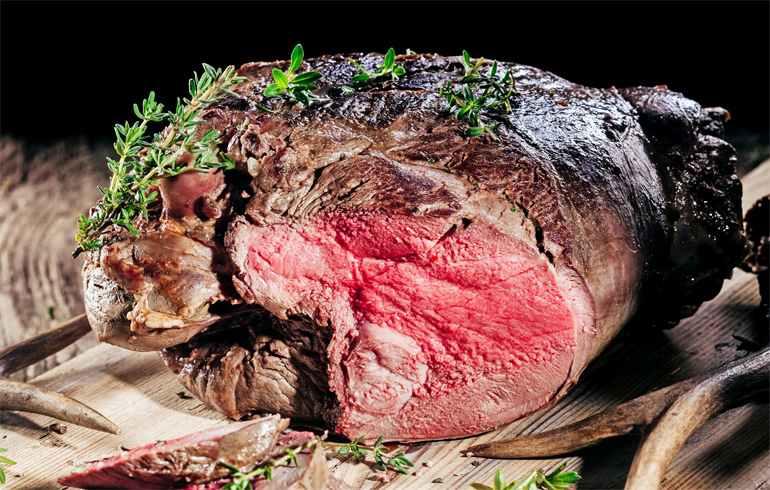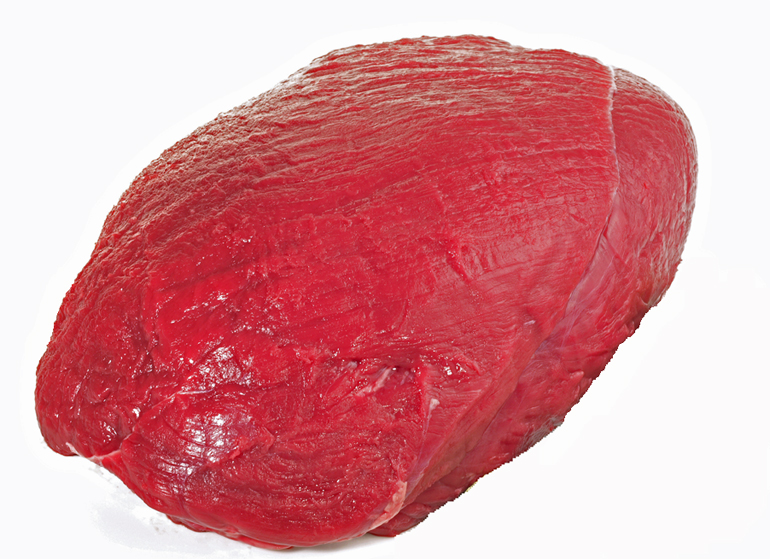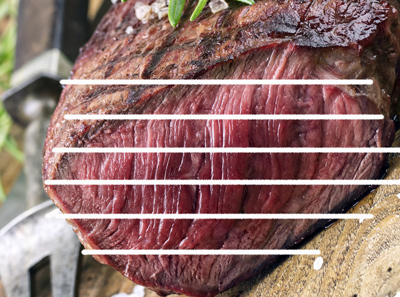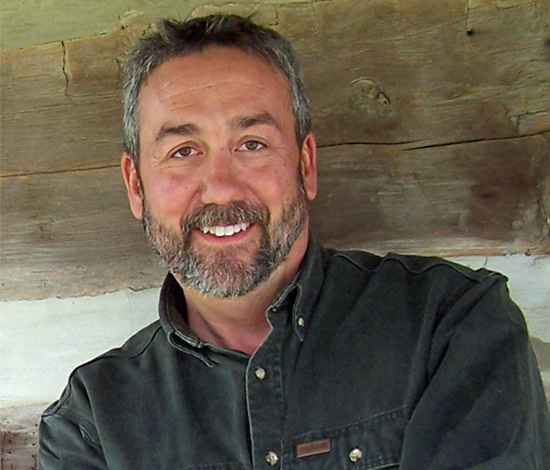How to Make a Medium Rare (and delicious) Venison Roast
For many folks, the most user-friendly way to cook a large roast from an antlered animal is to cook it with low, moist heat. Slow-cookers were made for people who like to drop a hunk of lean meat into a pot with some vegetables and broth, go to work and come home to something reminiscent of a beef pot roast.
It’s true comfort food that greets you with an inviting aroma as you open the door. No waiting for dinner. Let’s eat! The bigger challenge is to roast a venison hindquarter and have it come out medium-rare like sliced roast beef that you might put into a sandwich. Cooking lean venison isn’t nearly as forgiving as fatty beef. It requires more time and attention, but the end result can be just as delicious as any thin-sliced beef you may have had in a French dip.

Do understand that, no matter how perfect the preparation, some antlered game roasts are just not meant to be cooked medium-rare. Older rutting males will rarely taste as good as a young female. And venison that is not properly aged will be tougher than those that are aged for a week or two. Most of us who hunt have discovered just how much chewier a just-killed deer backstrap can be as compared to one that has been removed from a deer that hung for a couple of weeks.

The best candidate for a tender, medium-rare roast is a corn-fed youngish female animal, 1 1/2 to 3 1/2 years old. Since most of the deer that we harvest don’t fit that slot, yours may not always be tender. To give your roast its best chance and going into a sandwich, slice it as thinly as possible ACROSS THE GRAIN. In this photo, the white lines show how the roast should have been sliced. When you see the grain running lengthwise along a slice of meat, it has been sliced with the grain or parallel to it. Cutting across the grain slices through the muscle fibers
This slow-roasting, low-temperature method is ideal for cooking antlered game roasts. The mopping sauce helps keep the meat moist. With a larger roast, make a double batch and mop often. An average deer roast will take about 4 hours to cook. Because of meat shrinkage and charring of the outside, allow about 1 pound of meat per person. If you happen to have any leftovers, the sliced meat is great on a sandwich.

The instructions are geared for a wood or charcoal-fired grill, but any propane grill, or even an oven, will work.
The Rub
1/2 cup Kosher salt
1/2 cup coarse ground black pepper
2 tablespoons paprika
2 tablespoons garlic powder
2 tablespoons chili powder
1 tablespoon each dried oregano leaves, basil leaves and thyme (optional)
Combine rub ingredients.
The Moppin’ Sauce
2 cups water
1/2 cup lemon juice
1 teaspoon kosher salt
1 stick butter, melted
1 tablespoon granulated garlic
1 tablespoon onion powder
Mix it up.
The Finishing Sauce
2 cups ketchup
3 tablespoons Worcestershire
1 tablespoon black pepper
2 cloves garlic, minced
1 lemon, juice only
Cook all ingredients in a saucepan for 5 – 10 minutes over medium-low heat to blend flavors.
Instructions
- Trim deer roast of silver skin, gristle and fat. Tie roast with string or butcher netting, if necessary. Work the rub into the roast. Place covered or wrapped roast in the refrigerator for 12-24 hours to let the flavor penetrate the meat.
- Place the meat on the grill at the point farthest away from the heat source. If you are using a traditional kettle-type barbecue, spread the coals to the outside edges of the bottom grate and place the roast on the center of the top rack. Crack the vents on top and bottom just enough to keep the coals burning, but closed enough to keep the temperature low.
- Apply the mopping sauce to the meat liberally every 30 – 40 minutes. Add a few briquettes or wood chunks as necessary to maintain smoke and minimal heat. The meat is done when, if cooked at 200 – 220 degrees with plenty of smoke, it is black and crusty on the outside. The internal temperature will be about 135 degrees. About 30 minutes before removing the meat from the ‘cue, brush on the finishing sauce. You can also wrap it with foil to keep it moist. Remove from the grill and allow the meat to rest for 15 minutes. Slice and serve with the finishing sauce.




